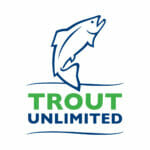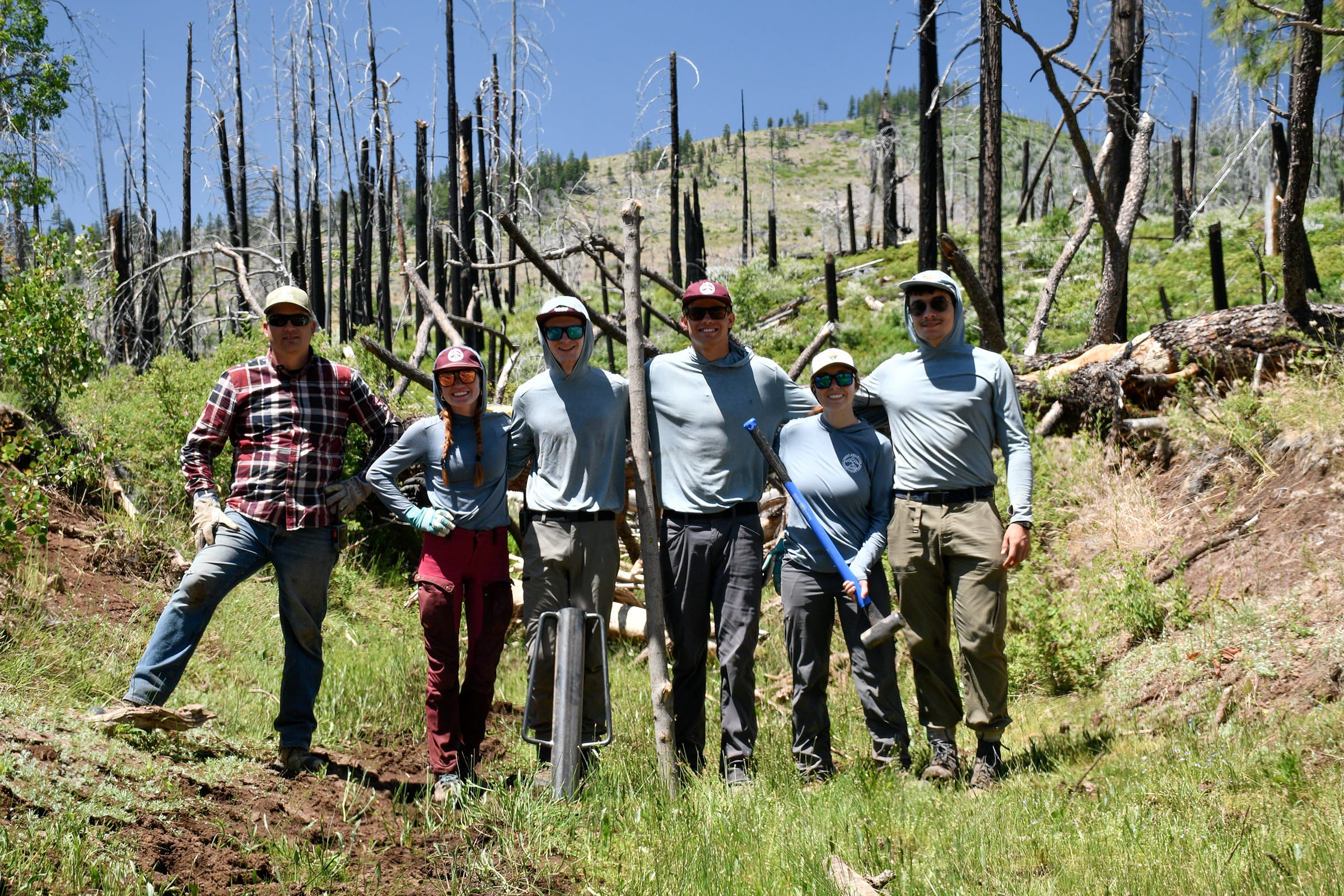For its second summer, TU Expeditions has given high school and college students the chance to explore rivers, conservation and build the skills and confidence to become the next generation of river champions.

This year’s setting was especially meaningful: the Klamath Basin, home to the largest river restoration project in American history.
The removal of four dams on the Klamath River has reopened hundreds of miles of habitat for salmon and steelhead, restoring a fishery that is central to the cultures and economies of the region.
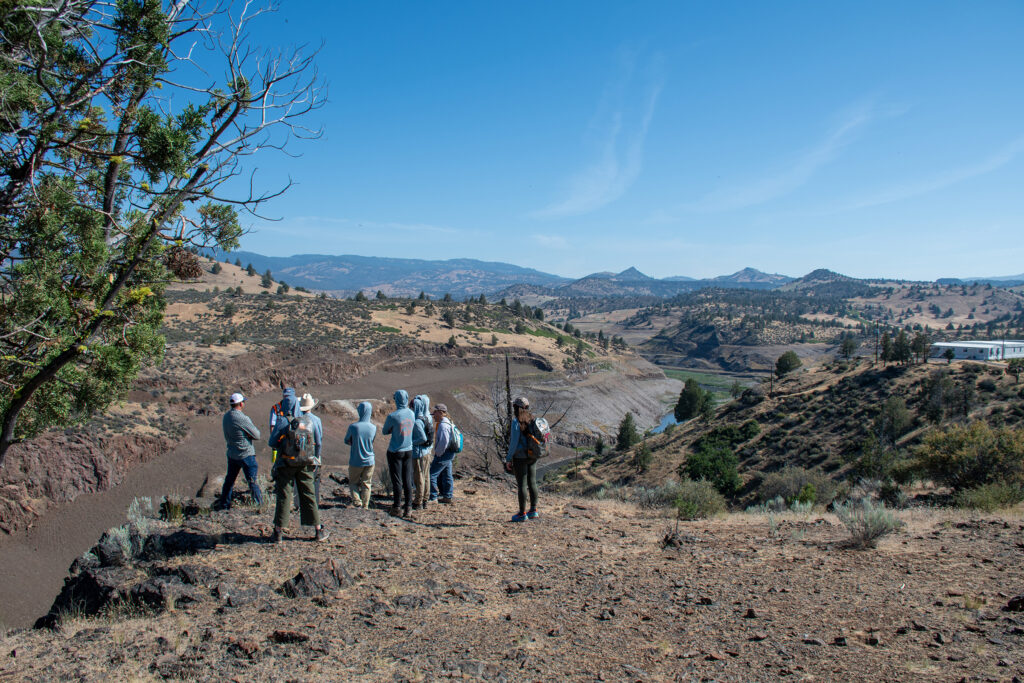
Students were able to see this historic effort in action, meeting with tribal leaders, state and federal agencies, restoration crews and conservation partners. These conversations helped them understand not only the science of river restoration but also the cultural resilience and community commitment behind it.
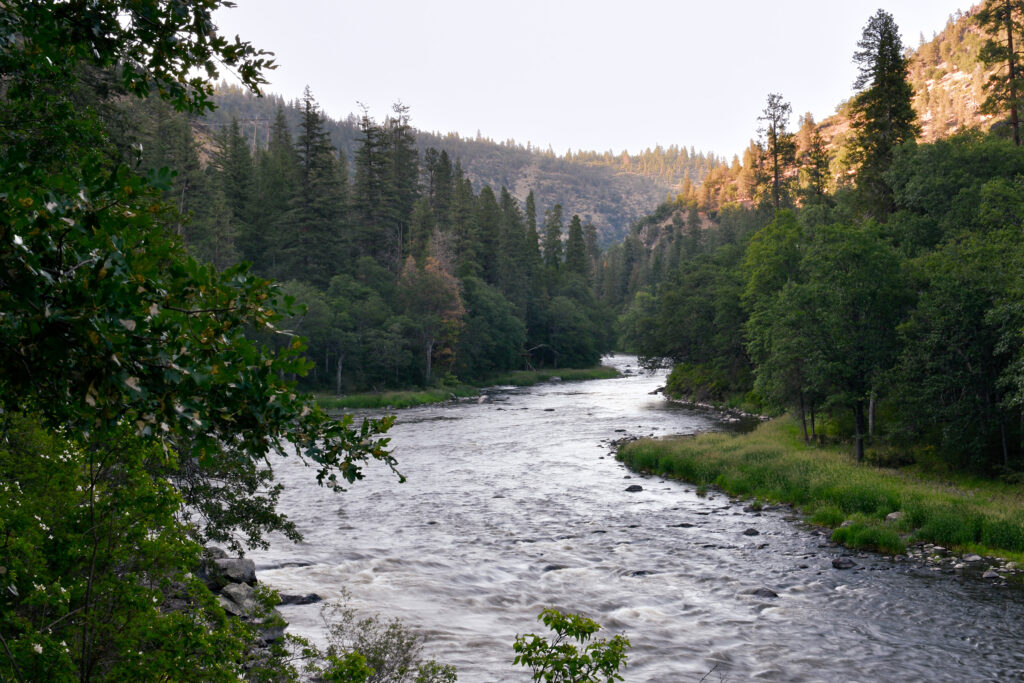
Hands on work
Learning wasn’t limited to listening—expeditioners took part in restoration projects themselves. A highlight was building Beaver Dam Analog Structures (BDAs) on Klamath tributaries. Mimicking the natural work of beavers, BDAs slow down water, creating fish habitat and helping landscapes hold more water during dry seasons. Students left with the satisfaction of knowing their work would have a lasting impact on the watershed.
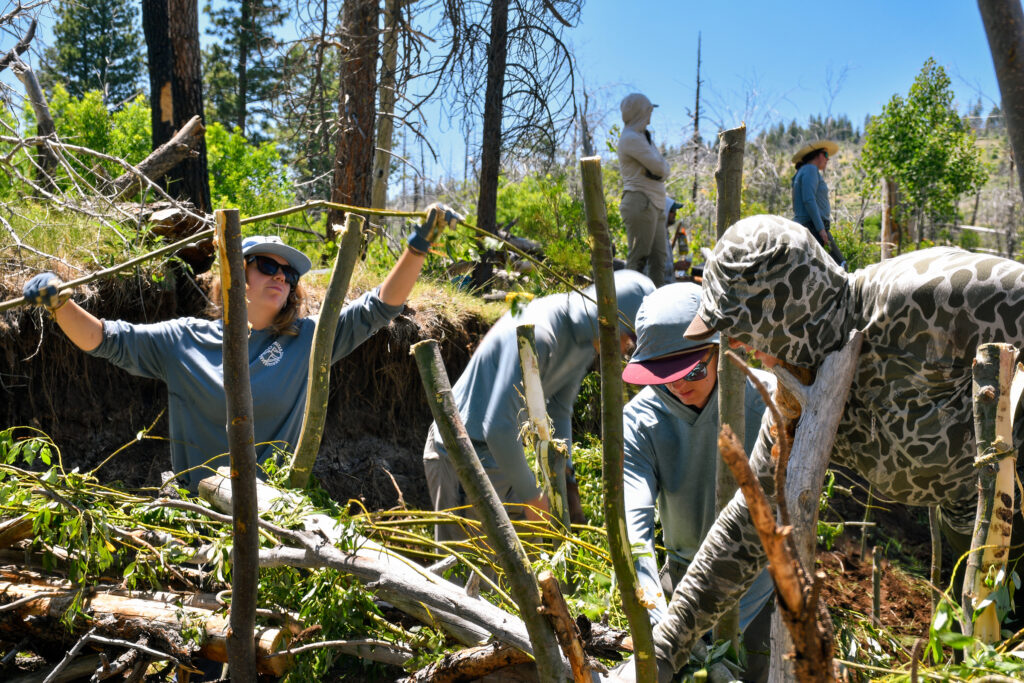
The hands-on efforts continued with trash cleanups, where students worked together to remove 13 cubic yards of trash from the Klamath watershed—enough to fill five pickup trucks. Seeing the debris they collected was eye-opening, and it drove home the message that caring for rivers starts with small, tangible actions.
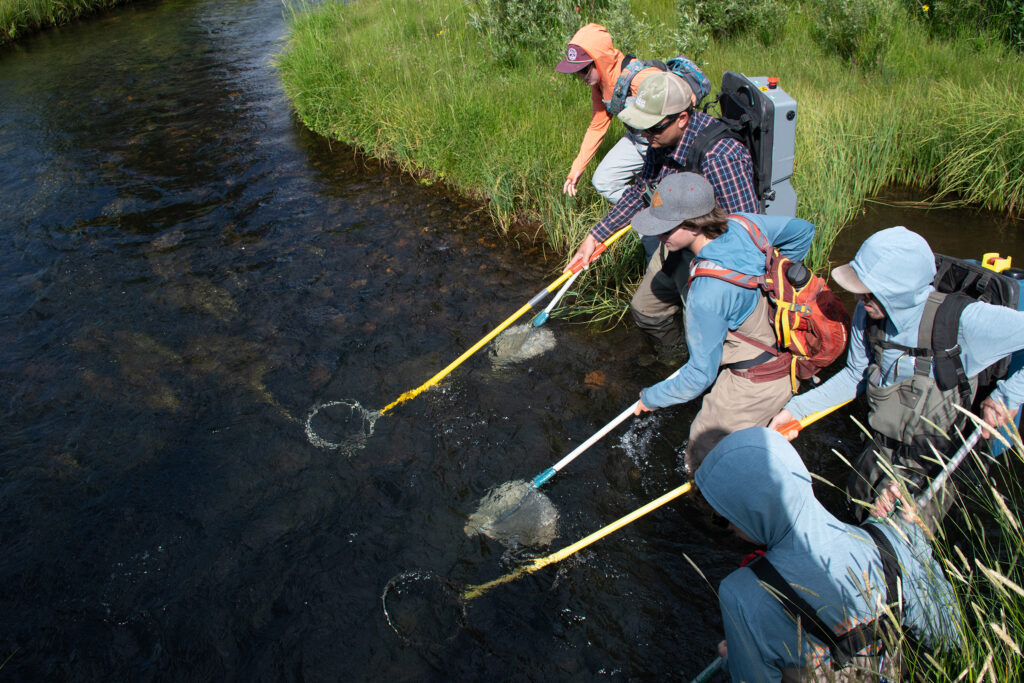
The expeditions also included a chance to give back to the community by teaching the next generation. Partnering with the Klamath Outdoor Science School, expeditioners helped teach 75 local youth about rivers and conservation. Teaching showed the expeditioners how sharing knowledge can inspire others while deepening their own understanding.
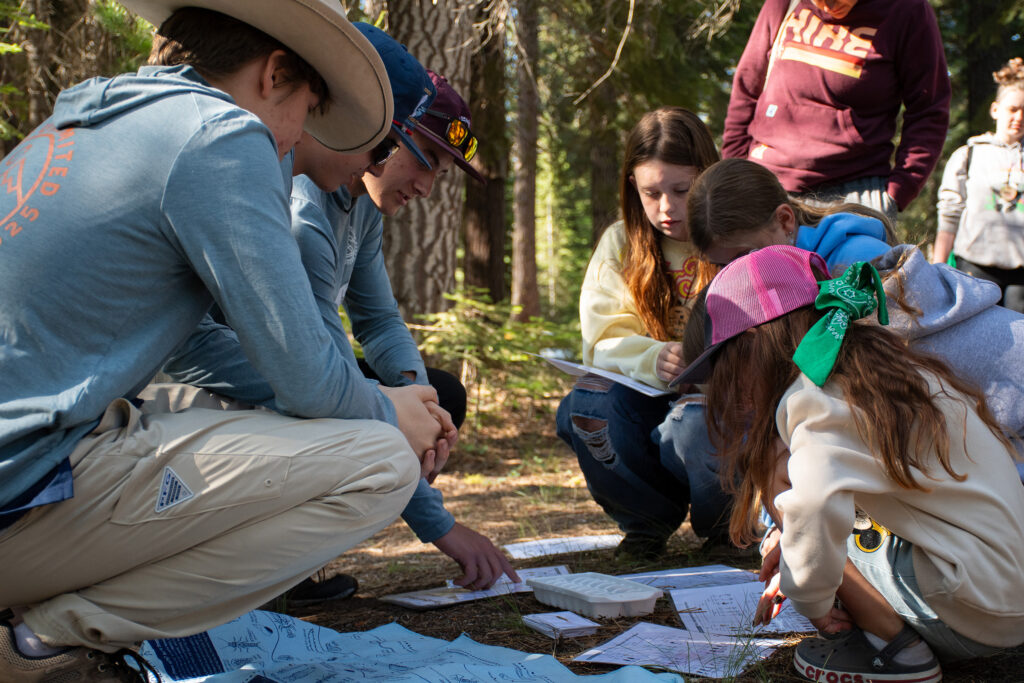
Of course there was fishing
Throughout the trips, fly fishing served as both recreation and reflection. Many students held a fly rod for the first time, learning to cast, tie knots and read water. Fishing became about more than catching fish, it became a way of connecting to the river, observing ecosystems up close and appreciating the patience and focus needed to care for them.
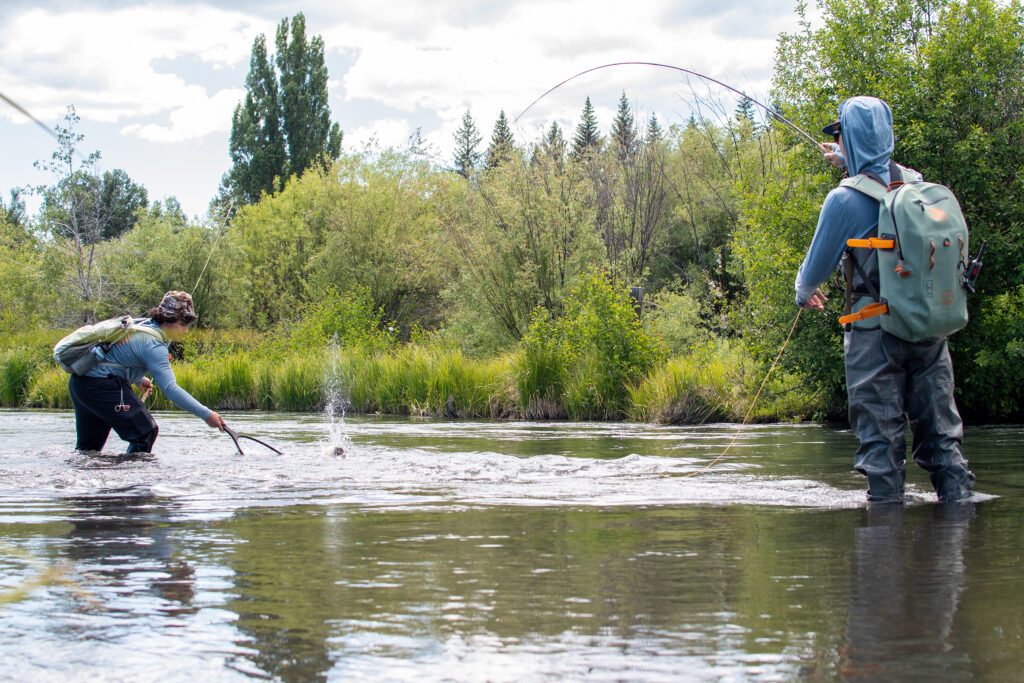
Equally important was the community built among the expeditioners. Living outdoors meant cooking meals together, helping one another on the river and forming friendships that now stretch across the country. The sense of teamwork and belonging became one of the most memorable parts of the journey.
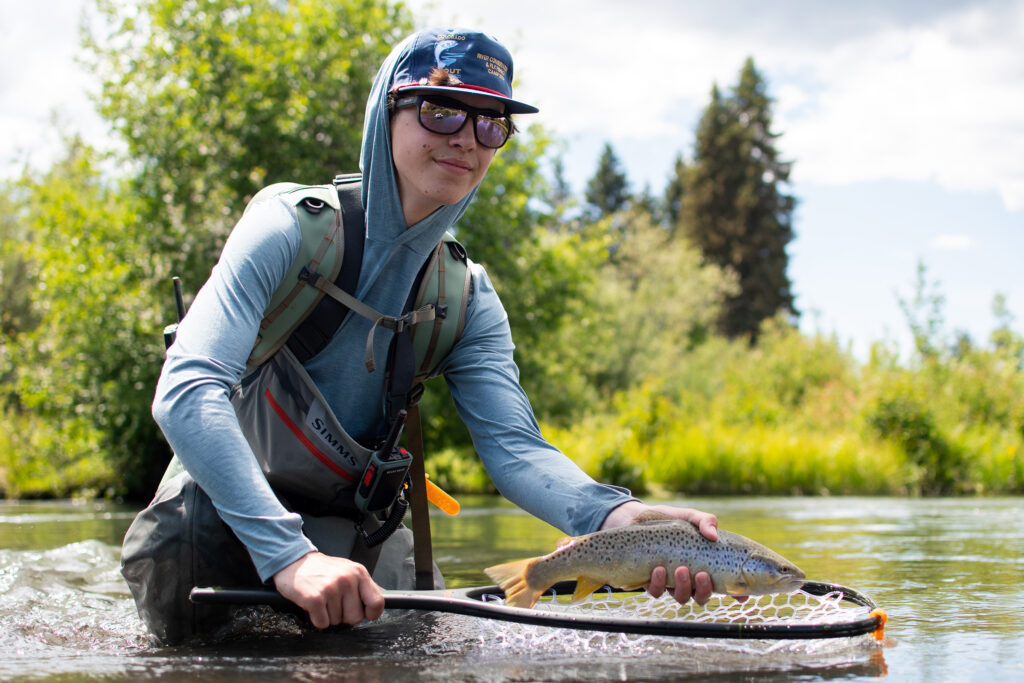
By the end of each trip, expeditioners had not only witnessed history on the Klamath but had also found their place in it. They returned home with new skills, new friendships and a deeper sense of responsibility to care for the places they love. Many left inspired to pursue careers in science or policy, others discovered a lifelong passion for fly fishing and all of them carried forward the lesson that conservation is urgent and possible when people work together for rivers.
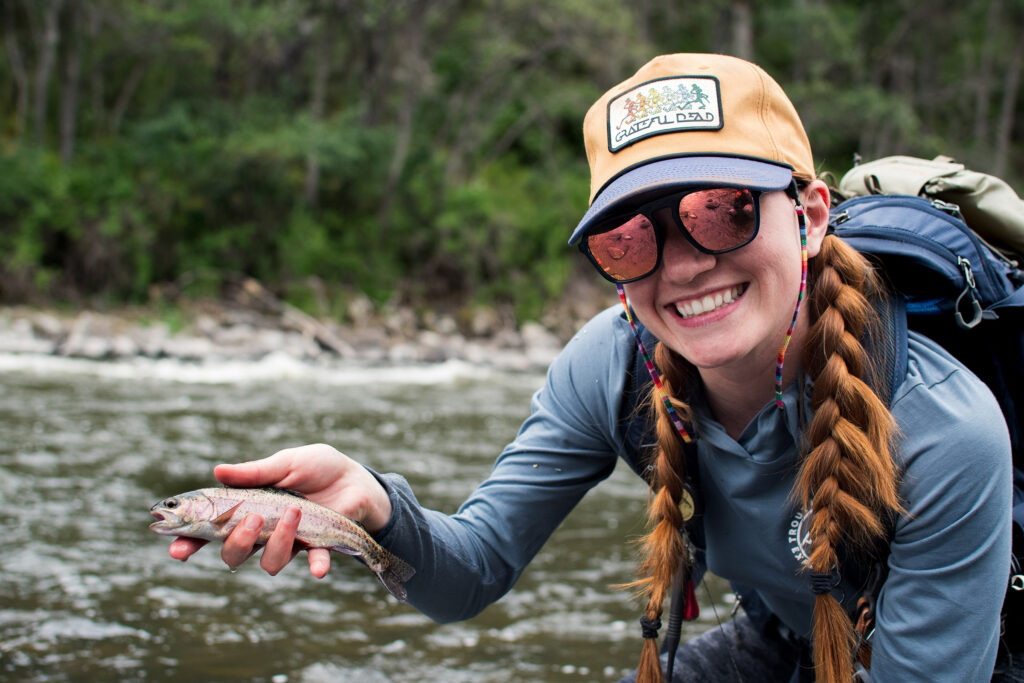
With the goal of engaging young folks across America with TU’s restoration work, TU Expeditions started in 2024 to provide hands on opportunities for youth to participate in conservation. With initial funding through the Bureau of Land Management and additional support from Bass Pro Shops and Cabela’s Outdoor Fund and Rivers are Life, the Expeditions have now completed two successful seasons in Wyoming and Oregon, completing 37 BDAs, educating 145 local youth and cleaning up 23 cubic yards of trash.
These impactful experiences are not only restoring vital habitats for wild and native salmonids but also inspiring the next generation of conservationists.
Want to join us next year? Get on the TU Expeditions interest list for 2026 and be the first to hear where we’re headed next!


